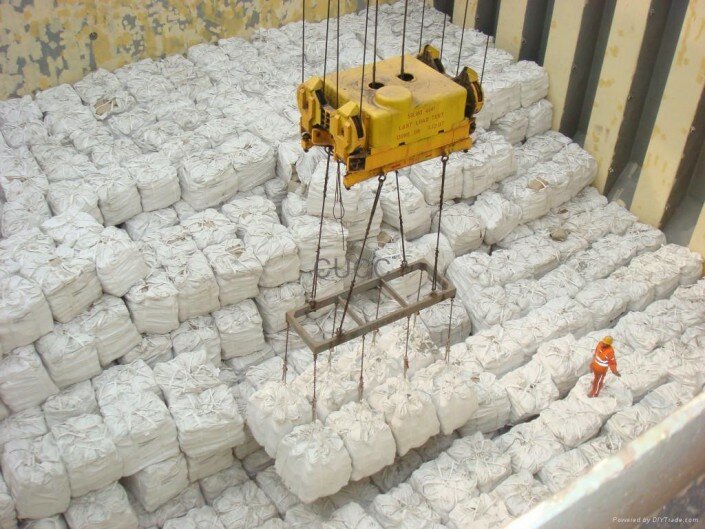Portland Cement Production Stages Described

Depending on the nature of the preparation of raw mix the following methods of Portland cement production are distinguished: wet, dry and combinative one. Each of these methods has its own features, strengths and weak points. In mid-developed economies cement plants focus on wet method, while more developed companies that either produce or closely cooperate with manufacturers, like a UK-based Telling Company, actively utilising hydraulic lime, lime mortar and Portland concrete solutions, are restructuring the technology to more economical fuel consumption – dry and combinative methods.
In the wet process the raw material mixture is ground in a ball mill in the presence of large amounts of water (up to 36-42% by weight solids) to give a flowable mass, which is called sludge. From sludge basin-7 mass is directed to firing in the rotary kiln wet method is useful when used as components of chalk, clay crude that reduces power consumption for grinding the raw material mixture.
In this method the transportation of raw materials and stirring the mixture is facilitated, but the fuel consumption on firing it in a furnace is 1.5-2 times more resource-intensive than in the dry process. In the dry method, dry powder is prepared through mixing raw material (the so-called raw meal), which is calcined in a rotary kiln.
Combined production is the method which implies using the mixture for sintering in the form of granules. The sludge is dewatered to a moisture content of 16-18%, and the resulting solid material is processed into pellets at special granulators. You can also moisten the raw material to 12-15% and from the same manufacturing pellets for burning.
The combined process, in comparison with a wet one, provides up to 20-30% in fuel savings.
All the methods require ensuring uninterrupted supply of the raw material mixture in the firing furnace to obtain Portland cement clinker. Firing the raw mix is one of the most essential stages of cement technology; the process implies using mine or rotating types of furnaces.
Cement manufacturing of wet and dry materials demands using rotary kiln with the length from 150 to 230m, a diameter of 5-7 m and a short length of 60 to 95 m with various devices (conveyer calciner cyclone heat exchangers, coolers, etc..).
Rotary kiln is mounted with a slight slope (3-4°) in the direction of movement of the raw mixture. The furnace slowly rotates (1-2/min) around its axis in bearings. The feed mixture is fed into the furnace from the upper automatic feeder its end, and from the lower end of the blown fuel – oil, natural gas or coal-air mixture. Hot gases are directed towards the mass of raw material. The entire length of the rotary kiln six zones are considered, which are distinguished by the basic physical and chemical processes occurring during heating. Inside the oven, lined with solid refractory lining are different in-furnace device for better mixing and intensive warm-up of raw materials (filter sludge heaters, chain curtain, metal and ceramic heat exchangers).